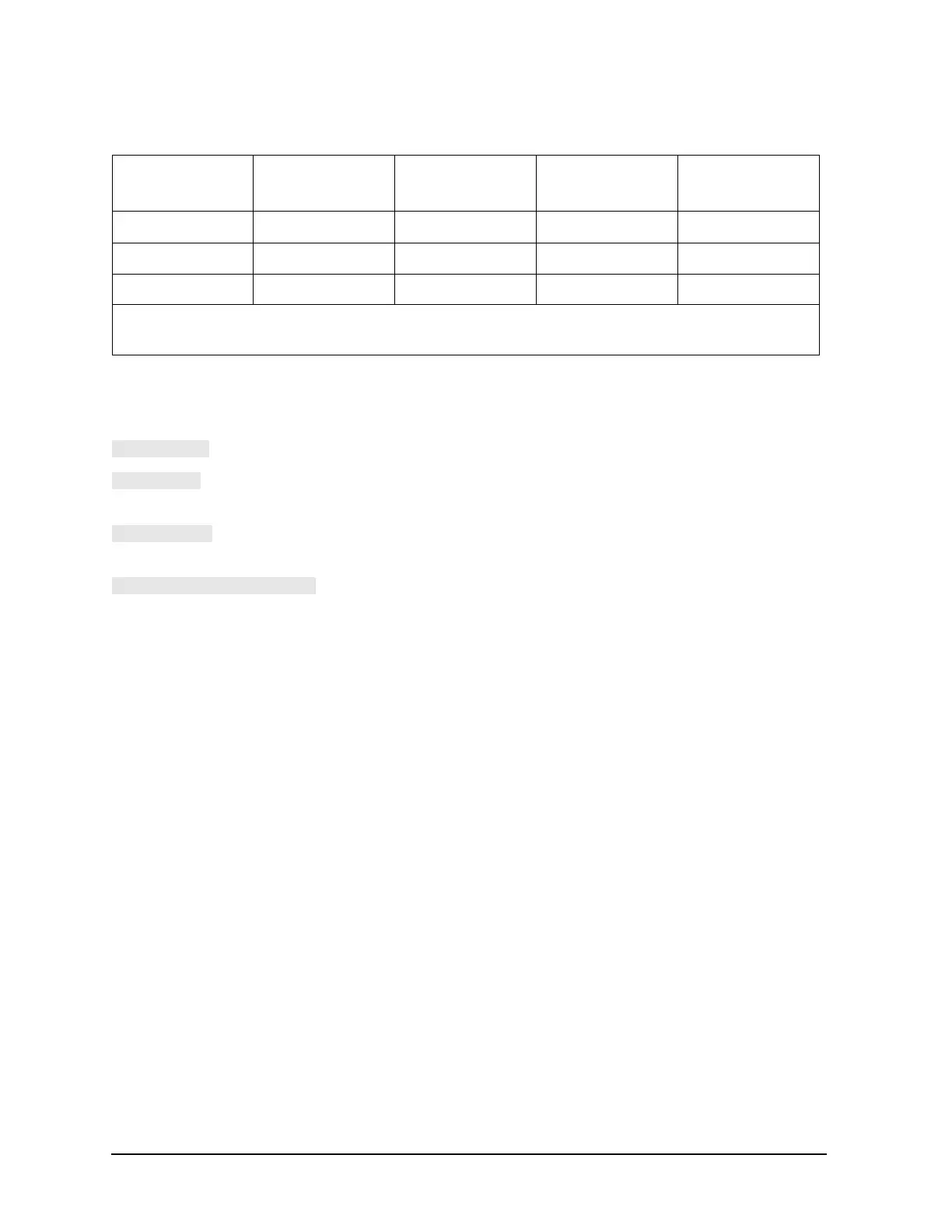3-28
Making Time Domain Measurements
Windowing
Choose one of the three window shapes listed or use the knob to select any windowing pulse width (or rise
time for a step stimulus) between the softkey values. The time domain stimulus sidelobe levels depend only
on the window selected.
is essentially no window. Consequently, it gives the highest sidelobes.
(the preset mode) gives reduced sidelobes and is the mode most
often used.
window gives the minimum sidelobes, providing the greatest dynamic
range.
remembers a user-specified window pulse width (or step rise time)
different from the standard window values.
A window is activated only for viewing a time domain response, and does not affect a displayed frequency
domain response.
Figure 3-23 shows the typical effects of windowing on the time domain response of a
short circuit reflection measurement.
Tab le 3-3 Impulse Width, Sidelobe Level, and Windowing Values
Window Type Impulse Sidelobe
Level
Low Pass Impulse
Width (50%)
Step Sidelobe
Level
Step Rise Time (10
90%)
Minimum 13 dB 0.60/Freq Span 21 dB 0.45/Freq Span
Normal 44 dB 0.98/Freq Span 60 dB 0.99/Freq Span
Maximum 75 dB 1.39/Freq Span 70 dB 1.48/Freq Span
NOTE: The bandpass mode simulates an impulse stimulus. Bandpass impulse width is twice that of low pass
impulse width. The bandpass impulse sidelobe levels are the same as low pass impulse sidelobe levels.

